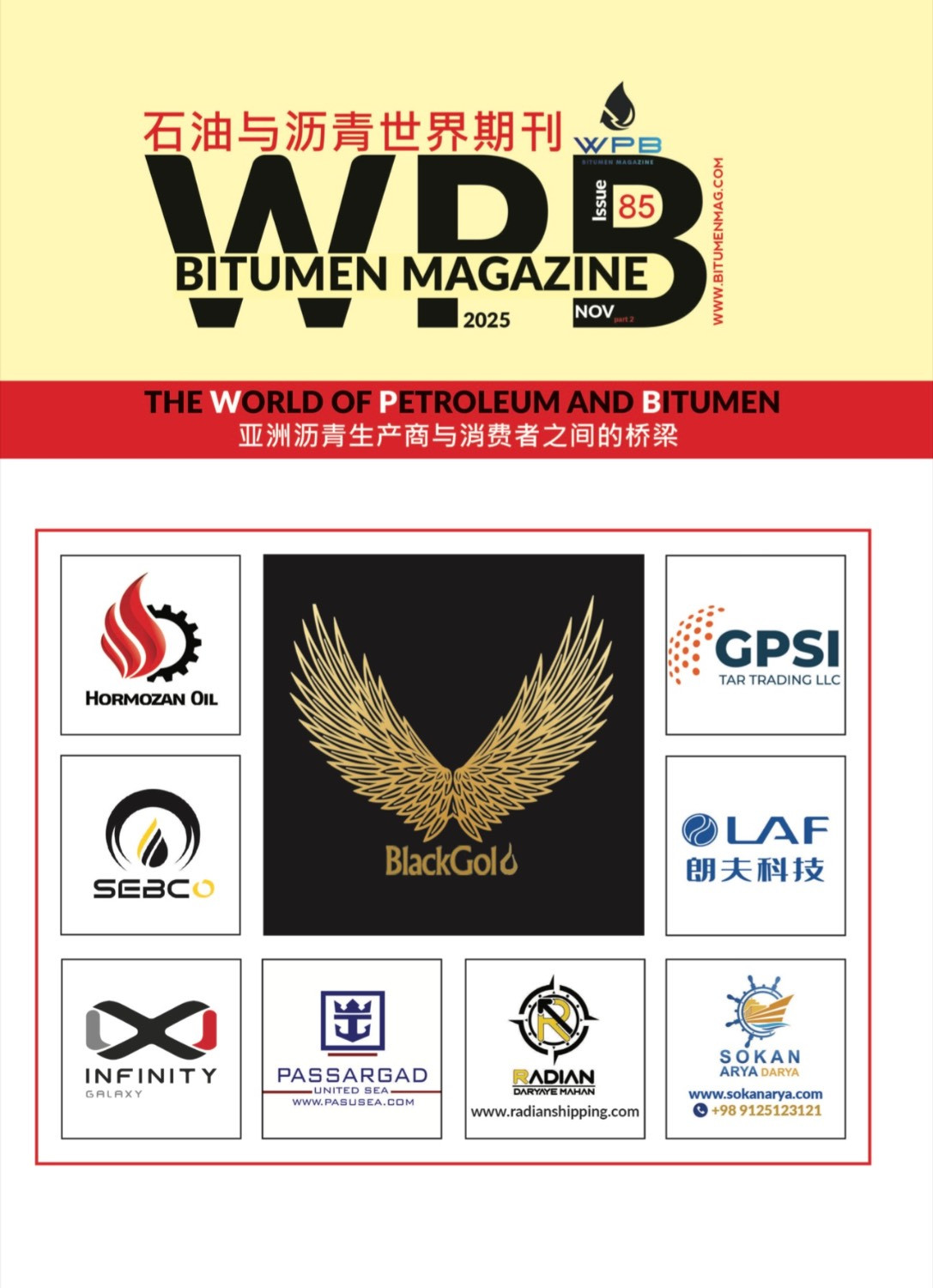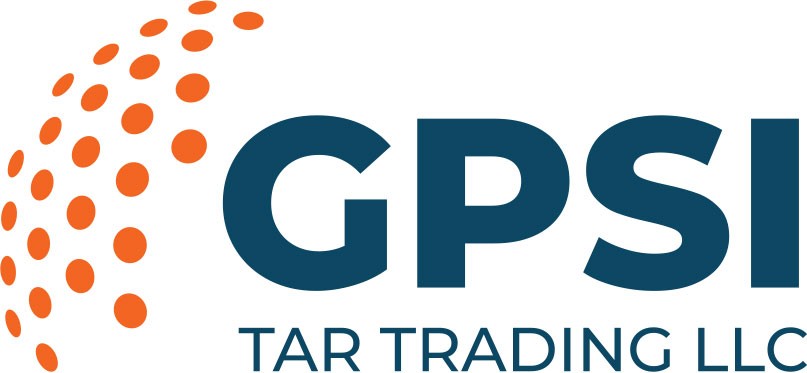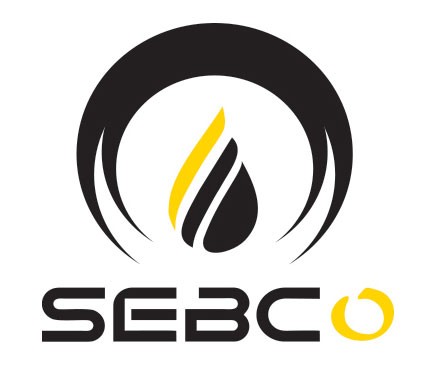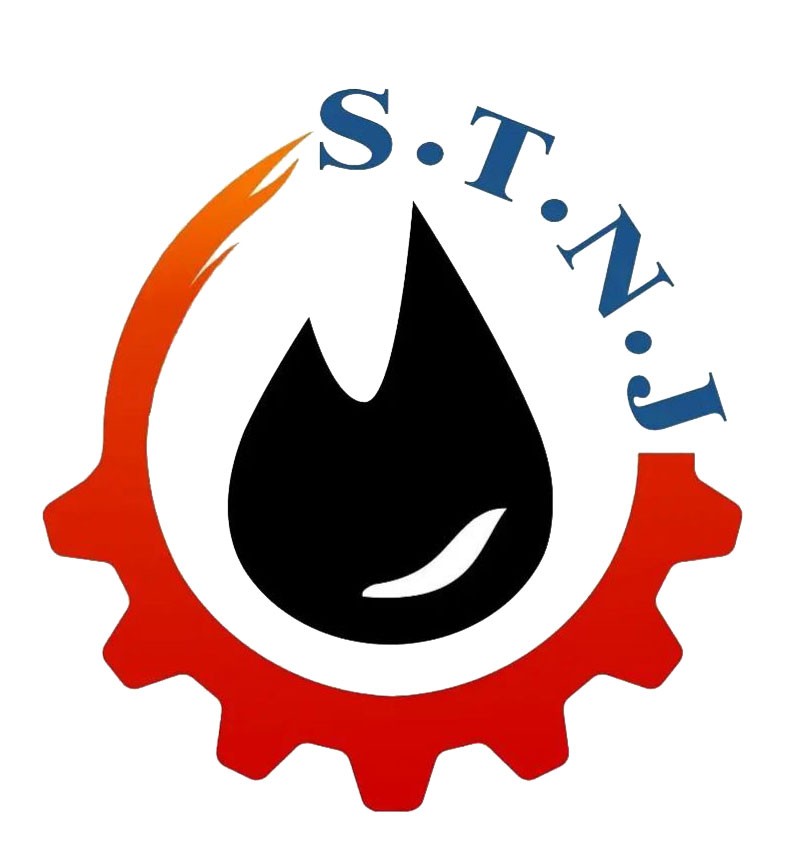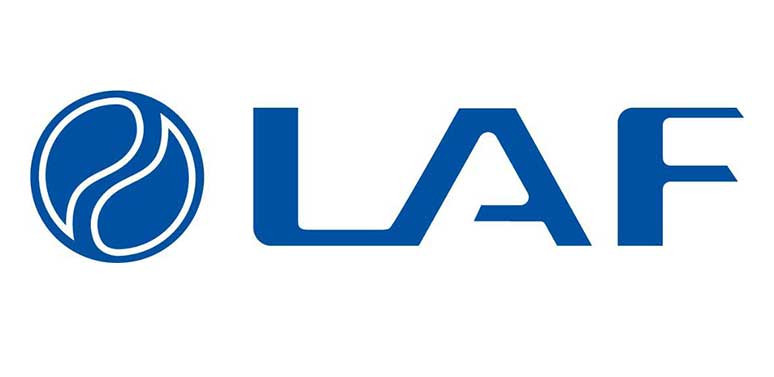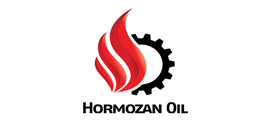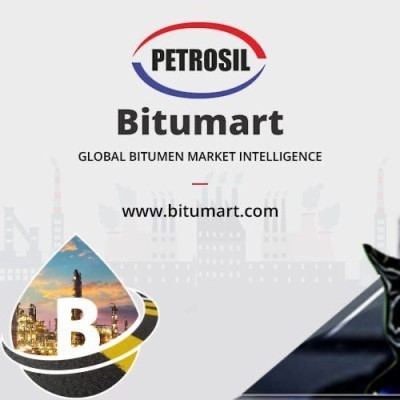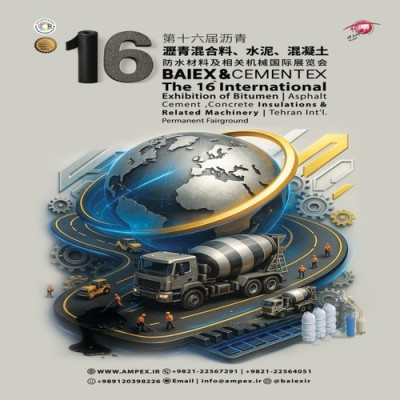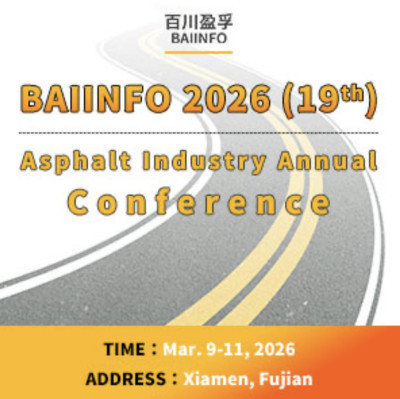According to WPB, the middle weeks of November 2025 marked a subtle yet meaningful realignment in the economic landscape of asphalt and bitumen across the Middle East and parts of Asia. Although the developments emerged from different contexts—a domestic allocation program in Iran and price-driven fluctuations in East Asian trading hubs—taken together they form an interconnected narrative about how governments, refiners, and infrastructure sectors respond to a market under increasing supply-side pressure. This report synthesizes these signals into a single analytical account that reveals deeper structural transitions underway in regional bitumen economics.
Iran’s decision to supply nearly ninety thousand tons of free bitumen annually to municipalities and road-building authorities was publicly framed as an urban renewal initiative. Officials emphasized the need to accelerate the rehabilitation of aging districts, particularly dense neighbourhoods where street quality had deteriorated due to years of underfunded maintenance. While the public justification centered on social priorities, the strategic implications extend well beyond urban beautification. In practice, Iran’s allocation program stands at the crossroads of domestic infrastructure needs, refinery utilization strategies, and competitive positioning within the broader bitumen export market.
Domestic consumption of bitumen in Iran historically fluctuates with fiscal budgets and regional climate cycles. By guaranteeing free material to local authorities, the government effectively stabilizes a portion of annual demand that might otherwise be vulnerable to financial uncertainty at the municipal level. This stabilization serves a secondary industrial function: it protects refineries from sudden swings in domestic offtake, allowing them to optimize production cycles for both internal needs and export opportunities. Bitumen production is sensitive to refinery configurations, heavy-crude availability, and seasonal storage capacities. When domestic demand softens unexpectedly, refiners face the choice of slowing output—inefficient and costly—or redirecting excess material into export channels, which can saturate regional markets and depress prices. The state-led distribution program mitigates this volatility.
At the same time, the regional and global marketplace for bitumen is experiencing an unusual imbalance. Several East Asian hubs, including Singapore and South Korea, have reported downward price momentum caused by a combination of weak construction demand and elevated supply from producers seeking to clear inventories accumulated during refinery maintenance cycles. Weak maritime construction, slowed government spending on highway projects, and colder-than-expected weather patterns reduced consumption in key markets. In these conditions, even modest oversupply translates into sharper price drops because bitumen lacks the fungibility of crude oil and requires dedicated logistical pathways for storage and transport.
These global price conditions inevitably interact with Iran’s domestic allocation strategy. In a saturated export market, selling additional cargoes at competitive margins becomes difficult. A government program that internalizes more of the national production effectively shields excess volumes from entering an already weakened price environment. In other words, providing free material to domestic districts is not simply a welfare-oriented gesture—it functions as an indirect price-stabilization mechanism for exporters. With less surplus flowing outward, Iranian cargoes face reduced downward pressure in international bidding cycles, preserving margins for refiners who continue to participate in regional trade.
Dubai’s position as a logistics and re-export hub adds another layer to this evolving ecosystem. Shipping agents and procurement managers in the UAE have observed increased inquiries from producers outside the Gulf, including Central Asian suppliers seeking access to maritime corridors.
This diversification of supply has amplified competitive tensions in some sub-grades of bitumen, particularly those linked to viscosity-sensitive highway applications. The presence of additional suppliers theoretically provides contractors with more negotiating power. However, in a landscape where Asian benchmark prices are softening, the relative advantage depends less on absolute cost and more on reliability, grade consistency, and lead time. Iran’s domestic reconfiguration—reducing unnecessary export pressure—actually positions it favourably within this matrix by allowing exporters to be selective rather than opportunistic in their outbound sales.
The interplay between domestic subsidization and global supply dynamics raises deeper questions about the future of state-supported infrastructure materials. Although Iran’s bitumen allocation is framed as an internal program, similar strategies have emerged internationally in moments of market disequilibrium. When prices fall, governments often attempt to absorb excess material into public-works pipelines, partly to maintain refinery throughput and partly to stimulate construction employment. But the Iranian program carries a distinguishing characteristic: it is not merely a temporary buffer but a structurally integrated policy positioned within an ongoing urban regeneration agenda. This distinction signals that the program may persist even after global markets rebalance.
Asphalt economics are also shaped by technological expectations. While global innovation cycles appear distant from Iran’s immediate distribution strategy, developments in modified binders, warm-mix technologies, and performance-graded formulations inevitably influence future competitive standards. If East Asian markets continue advancing composite binders incorporating recycled or industrial by-products, export-oriented producers in the Middle East will face rising expectations for quality differentiation. Under these circumstances, Iran’s decision to guarantee domestic offtake may allow refiners greater flexibility to upgrade infrastructure without the immediate pressure of maximizing export volume. With steady domestic consumption secured, investment into polymer-modification units or enhanced QA/QC facilities becomes more feasible.
The cascading effect also extends to municipal outcomes. Receiving free bitumen alters budgeting structures for local authorities, enabling them to allocate more of their constrained resources to labor, equipment, and broader urban-renewal efforts. Neighbourhoods suffering from long-term surface degradation stand to gain from a more predictable supply of paving material. Over time, this could reduce lifecycle maintenance costs: higher-frequency resurfacing prevents structural deterioration that would otherwise require more expensive reconstruction. Although the program’s intent is infrastructural, its socio-economic impact—greater mobility, improved local commerce, and enhanced environmental conditions due to reduced dust generation—should not be underestimated.
Meanwhile, the global market will continue adjusting to supply-heavy conditions. East Asia remains one of the most price-sensitive regions for bitumen, with demand profiles directly tied to government infrastructure cycles. Should China or India introduce new rounds of stimulus targeting transportation construction, current price softness may reverse sharply. Conversely, if fiscal constraints persist, the oversupply dynamic could intensify. For Middle Eastern producers, navigating the gap between domestic priorities and export pressures will require a delicate balance.
Iran’s strategy appears geared toward this balance: internalizing enough volume to prevent regional price erosion while maintaining a competitive presence in key export markets. The dual function of the program—urban regeneration and market stabilization—creates a hybrid policy tool that few other regional producers have employed.
Its long-term success, however, will depend on external developments: global construction demand, freight cost fluctuations, seasonal weather patterns, and emerging innovations in binder performance.
In a saturated market, strategic positioning becomes more important than raw volume. Producers who adapt their policies, diversify their grade portfolios, and manage their exports thoughtfully will be better equipped to maintain stability through cyclical downturns. The combination of Iran’s domestic distribution initiative and the global oversupply detected in Asian markets serves as a real-time example of how producers can recalibrate their approach to protect both internal infrastructure goals and external competitive advantage.
As 2025 transitions into 2026, attention will remain fixed on whether external demand rebounds sufficiently to absorb excess Asian supply, whether regional construction cycles intensify, and whether Middle Eastern refiners—including Iran’s—leverage this moment to upgrade their production capabilities. What is clear, however, is that the market is no longer operating under the simple linear logic of supply and demand. Policies, domestic cushioning mechanisms, technological pathways, and shifting transport corridors now intersect to determine outcomes. Bitumen is no exception, and the November events illustrate precisely how interconnected this supposedly niche commodity has become.
By WPB
News, Bitumen, Asphalt Economics, Asphalt

